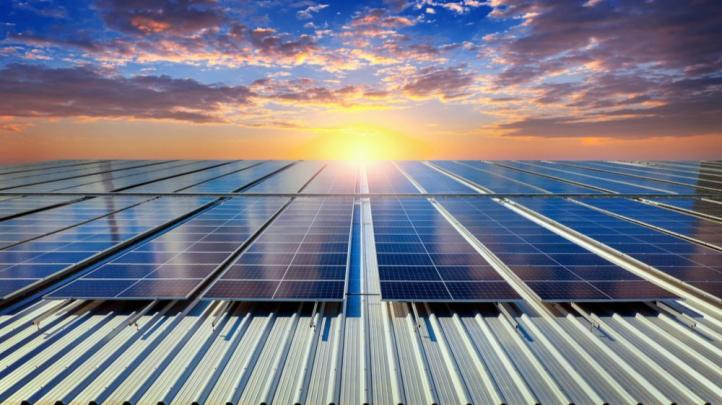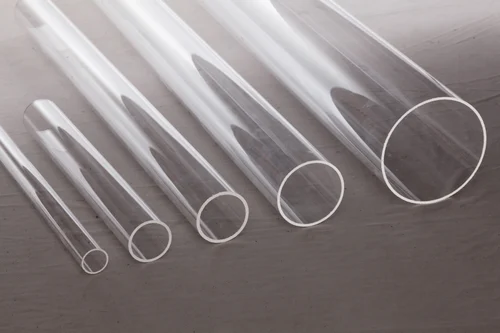NEWS DETAIL

At first glance, quartz—a common, crystal-clear mineral—might not seem connected to sleek solar panels powering homes and cities. But dig a little deeper, and you’ll discover that quartz plays a surprisingly foundational role in solar energy production. Without quartz, the solar industry as we know it wouldn't exist.
So, is quartz used in solar panels? The short answer: yes, but indirectly. Here's how this humble mineral fuels the future of clean energy.
What is Quartz?

Quartz is one of the most abundant and widely distributed minerals on Earth. Chemically, it’s composed of silicon dioxide (SiO₂) and is found in everything from sand to rock crystals. While quartz itself isn’t placed directly into solar panels, it is the primary raw material used to produce silicon, which is the main component of most photovoltaic (PV) cells.
How Quartz Becomes Solar-Grade Silicon
The journey from quartz to solar cell begins with a high-temperature chemical transformation.
Here’s how it works:
Refining Quartz into Metallurgical-Grade Silicon
Quartz is mined and then heated with carbon in an electric arc furnace. This high-temperature reaction removes the oxygen, producing metallurgical-grade silicon (MG-Si), which is about 98–99% pure.
Purifying Silicon for Solar Use
This metallurgical silicon undergoes further purification processes to produce solar-grade or electronic-grade silicon with a purity level of 99.9999% or higher. This ultra-pure silicon is what the solar industry needs.
Creating Silicon Wafers
The purified silicon is melted and formed into large cylindrical ingots. These are sliced into thin wafers—essentially the building blocks of modern solar cells.
The Role of Silicon in Solar Panel Production
Most of the world’s solar panels are made using crystalline silicon, thanks to its excellent semiconducting properties.
Here's what happens next:
1. The silicon wafers are treated with various chemicals and layered with materials to form an electric field.
2. When sunlight hits the surface, photons knock electrons loose from the silicon atoms, generating electricity—a phenomenon known as the photovoltaic effect.
3. These treated wafers become solar cells, which are assembled into solar panels.
In short, quartz → silicon → wafers → solar cells → solar panels. The entire photovoltaic supply chain starts with quartz.
Why Quartz Matters in the Clean Energy Revolution
Though quartz doesn’t appear in the final product, its role is irreplaceable. As demand for clean energy surges, so does the demand for high-purity quartz for silicon production. That makes quartz a critical material in the transition to a more sustainable energy future.
So, is quartz used in solar panels? Absolutely. Though you won’t see it on the surface. It's buried deep in the process, quietly enabling the solar revolution.
Next time you see a solar panel glinting on a rooftop or powering a remote village, remember: it all began with a piece of quartz crystal, pulled from the earth and transformed by human ingenuity into clean, renewable power.





